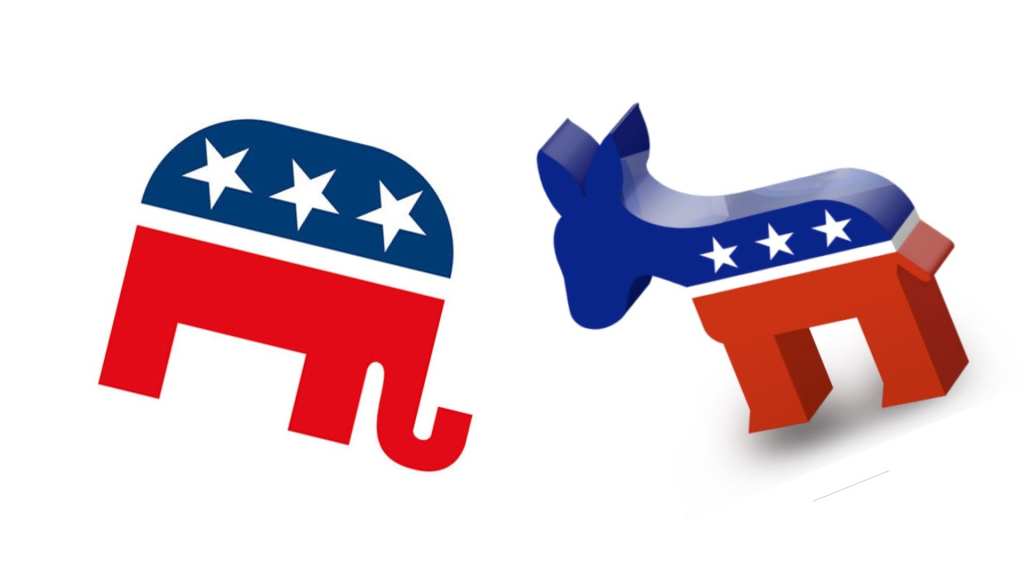
THE RIGHTWARD LURCH seen throughout the country didn’t miss Massachusetts – the state just started bluer.
Vice President Kamala Harris, who carried the state and its 11 electoral votes by 61.3 percent to President-elect Donald Trump’s 36.5 percent, not only won Massachusetts by a smaller margin than her Democratic predecessors. She won almost every single town by less, a sign that the Democratic coalition is weakening even in its strongholds.
Trump won 75 cities of the state’s 351 municipalities, according to current Associated Press counts, and has increased his vote count to 1.23 million million from 1.17 million in 2020. His pockets of wins are focused on Hampden, Plymouth, Bristol, and Worcester counties, with the biggest margin in his favor coming from Acushnet, where he pulled 72 percent of the votes.
House Speaker Ron Mariano said the party “must view this election not only as a wake up call, but also as an opportunity to renew our focus on the issues that drove voters across the country towards the Republican Party this year.”

Those issues, according to exit polling and polls throughout recent years, were the economy and immigration. Inflation has hammered leaders across the globe, with voters ousting almost every incumbent and ruling party that was in power as prices started to hike.
The most important issue facing the country, according to Massachusetts exit polling, was the economy and jobs. Of the 32 percent of voters who said that, Harris barely squeaked out a 49 to 48 percent win in the Bay State, which was actually an improvement from 2020. Of Massachusetts voters who told exit pollsters the economy was the number one issue in 2020, 74 percent said they voted for Donald Trump.
While the Covid pandemic dominated voter concern in 2020, immigration was barely a blip. Just 2 percent of Massachusetts voters told exit pollsters that immigration was the most important issue in the country, but 22 percent identified it as the major issue in 2024.
And for those who considered it the most important issue, immigration was the single biggest indicator of a Trump vote. Only 21 percent of those Massachusetts voters said they voted for Harris, compared to 77 percent who said Trump.
In flipped seats, immigration was an effective cudgel as an influx of migrants squeezed the state’s shelter system. Ken Sweezey, the Pembroke Republican who beat Democrat Rebecca Coletta to fill a vacant South Shore district, hammered immigration throughout the campaign.
It was “the number one issue” he hears about from voters, Sweezey said in an October forum. According to South Shore News, he criticized the state’s handling of the migrant crisis, arguing that Massachusetts has become “a magnet for this issue.”
Exit polls are not always the most reliable measures of demographic change – the eventual Pew Research Center analysis of validated voters will offer insight into the nitty gritty of swinging voting blocs – but changes by regions with distinct demographic characteristics can be a useful starting point.
Biden’s 70 percent margin of victory among Latino voters dropped to about 41 percent with Harris based on initial data. It is part of a years-long trend toward Trump from Latinos across the country.
Though a majority of Latino voters have backed Harris, the coalition is far from a monolith, with polling over the last year finding that Latinos voting for Trump were generally actively voting for him rather than against Harris, while those voting for Harris were split between approval of her and distaste for Trump. They overwhelmingly cited the economy as the biggest issue in the election, which is also reflected by moves toward Trump in Massachusetts’ mid-sized urban center Gateway Cities.
While Trump was more dominant in rural regions, urban areas also swung toward him this year. While Biden had a 60 point margin of victory in the state’s urban areas in 2020, Harris won by 39 percent according to VoteCast data.
In Lawrence, the most Latino community in the state with more than 80 percent of its residents identified as Latino in the 2020 census, the slippage was starting to show after 2016. Clinton pulled 82 percent, Biden got 74 percent, and Harris dropped to 59 percent.
It was the single biggest downward shift toward Trump of any community in Massachusetts. Other heavily Latino regions moved in the same direction. Chelsea saw a 19 point change from Biden to Harris, with Holyoke seeing a similar but smaller shift.
“What was so interesting in 2020 when we were looking at this map of the shift,” MassINC Polling Group research director Rich Parr said on The Horse Race podcast, “was that the only places that shifted toward Trump – everywhere else had shifted toward Biden since 2016 – were Holyoke and Lawrence… and now everyone has shifted, but the Latino communities are at the top of the list.”
The post Cracks form in Mass. Democratic strongholds, led by heavily Latino cities and towns appeared first on CommonWealth Beacon.

